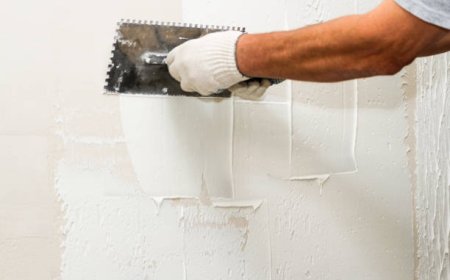Hindi Vinyl vs Digital: Does Analog Sound More Authentic?

In the world of music consumption, the debate between vinyl and digital audio has gained renewed attention. Hindi music lovers, especially those nostalgic for Bollywoods golden age, often wonder: does vinyl truly sound more authentic than digital formats? As streaming continues to dominate, vinyl records are making a strong comeback among audiophiles and collectors. This blog explores whether analog truly delivers a more genuine listening experience when it comes to Hindi music.
The Vinyl Resurgence in Hindi Music
Vinyl records were once the primary medium for enjoying music in India, especially from the 1950s to the 1980s. Iconic Hindi film songs by legends like Lata Mangeshkar, Kishore Kumar, R.D. Burman, and Mohammed Rafi were first experienced through the rich, analog tones of LPs. As cassettes, CDs, and eventually MP3s and streaming services took over, vinyl faded into the background. However, over the past decade, there has been a noticeable revival in vinyl interestnot just globally, but in India too.
Collectors and music enthusiasts are actively searching for original Hindi vinyl records. New labels are even reissuing classic Bollywood soundtracks in vinyl format. What drives this comeback? One of the strongest reasons is the belief that analog vinyl captures music in a more authentic and soulful way than digital formats.
Analog Warmth vs. Digital Clarity
At the core of the vinyl vs digital debate lies the difference in sound production. Vinyl is an analog format, which means it captures the sound waves in a continuous form, replicating the full range of the original audio. This results in what many describe as a warm, rich, and natural sound. The slight imperfections, like pops and crackles, are often seen as part of the charm, adding character to the listening experience.
Digital audio, on the other hand, is a compressed and digitized representation of the sound. Though modern digital formats, especially high-resolution audio files, offer stunning clarity and dynamic range, some believe they miss the emotional depth of analog sound. In Hindi music, where emotion is deeply embedded in every lyric and melody, this analog warmth is often preferred by purists.
Nostalgia and Emotional Connection
Much of the preference for vinyl in the Hindi music space stems from nostalgia. The ritual of playing a vinyl recordremoving it from the sleeve, placing it on the turntable, gently dropping the needlecreates a connection between the listener and the music. For older generations, vinyl represents a time when listening to music was an event, not just background noise.
For younger listeners, discovering vinyl offers a tangible way to connect with Hindi musics glorious past. It allows them to experience songs the way their parents or grandparents did. This emotional link is something digital platforms, despite their convenience, often fail to provide.
Vinyls Role in Preserving Hindi Music Heritage
Another major factor in vinyls appeal is its role in preserving cultural heritage. Many classic Hindi film soundtracks are not available on digital platforms or have been poorly remastered. Original vinyl pressings often retain the nuances of the original recording, which may be lost in digitized versions.
Collectors also point out that album artwork, liner notes, and the physical feel of a vinyl record contribute to a deeper appreciation of the music. In an era where albums are reduced to thumbnails and metadata, vinyl offers a full sensory experience.
Practical Considerations: Space, Cost, and Accessibility
Despite its charm, vinyl is not without its limitations. Vinyl records require significant storage space, a turntable setup, and regular maintenance. They are also more expensive and less accessible compared to digital music, which can be streamed anytime, anywhere.
For casual listeners who prioritize convenience, digital formats make more sense. They can access thousands of Hindi songs with just a few clicks. For those looking for portability or on-the-go listening, digital will always have the upper hand.
The Final Verdict: Authenticity Depends on the Listener
So, does Hindi vinyl sound more authentic than digital? The answer is subjective. If authenticity means warmth, emotional resonance, and a deep connection with the music, then vinyl is the winner. But if it means clear, crisp sound without distortion, and ease of access, then digital takes the lead.
Ultimately, both formats offer unique advantages. For a full appreciation of Hindi music, listeners might consider enjoying both. Play vinyl at home for immersive sessions and stream digital tracks on the move. The magic of Hindi music lives in the melodies and lyricshow you choose to experience them is entirely up to you.
Conclusion
As technology evolves, the debate between vinyl and digital will continue. But in the case of Hindi music, the charm of vinyl is undeniable. Whether you are a lifelong fan of classic Bollywood or a new enthusiast exploring its rich history, experiencing songs on vinyl at least once is a journey worth taking. Its not just about how it soundsits about how it feels.




































